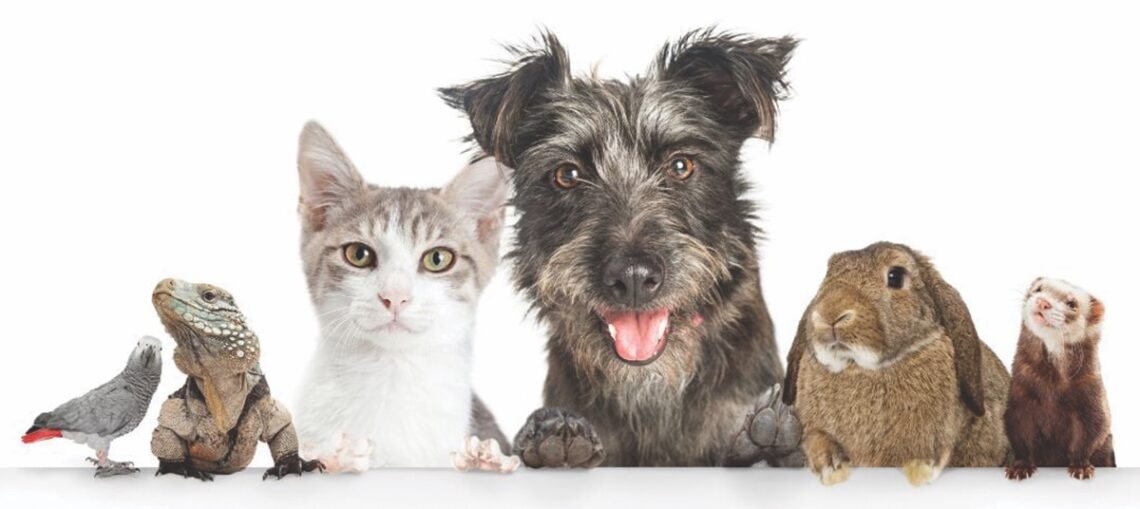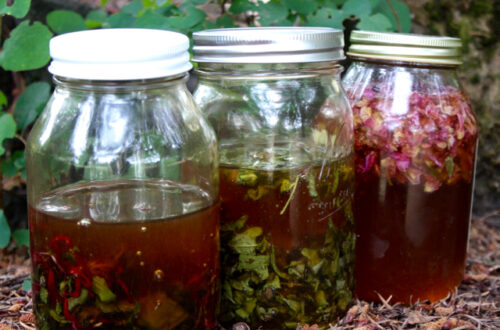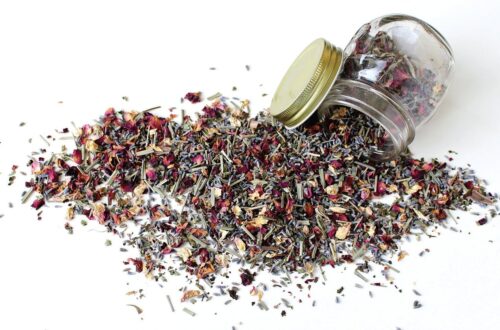Editor’s Note: We advise our readers to pay close attention to the details of the advice given in this article. How an herb is used and on which pet species it is applied are critical decisions. The author cites additional resources for learning more and we suggest visiting the ASPCA’s website.
The herbs have been planted, grown, and harvested. Now they are ready to be used in many healthy and healing ways.
Healing herbs are just as good for our pets and animals as they are for us, often providing the same healing results for animals as for people. As always, consult a veterinarian if an animal has a serious injury or distress.
• Cuts and Scrapes – calendula, self-heal, lavender
• Anti-bacterial – oregano, peppermint, and thyme
• Digestion – catnip, German chamomile, peppermint, thyme
• Skin – calendula, chamomile, echinacea, lavender, oregano
• Anxiety or stress – lavender
Many herbs can be used fresh or dried as an addition to an animal’s food. Most herbs, especially parsley, oregano, and mints, are full of vitamins, are good for overall health, and can be sprinkled over food for animals small and large.
To add herbs to water, make a tea using 4 teaspoons of fresh herb or 2 teaspoons of dry, to one (1) cup of boiling water; steep for 8-10 minutes, strain, and cool. Add a small amount to the animal’s water.
This same tea can become a wash to cleanse scrapes and cuts. Dip a cloth in the strained tea to wipe a scratch or infected area or put in a spray bottle to spritz it on.
Erin used calendula-soaked washcloths last summer on her dog’s surgery wound to help soothe the skin and support healing. Since it was a bit warm in August, her dog appreciated the cool clothes while she rested.
Baking treats that contain herbs is another method of getting your pet to get a dose of healing goodness. What cat or dog or goat, horse or rabbit for that matter, doesn’t like a treat? Mints are just as good for animal digestion as for people, so they would be a good addition to homebaked treats.
Placing bunches of herbs, especially lavender, near a pet’s bed helps relax and soothe the animal.
Hanging bunches of herbs such as lavender, catnip, and rosemary in the barn or coop areas helps to ward off flies, rodents, and pesky insects.
Need to get a cat into a crate or a frisky horse to stay calm? Rub lavender on your hands to help soothe the animal.
For chickens, oregano provides an immune boost when added to their water or food. Eating calendula flowers will give a more orange color to the yolks of laying hen’s eggs and help male beaks and feet stay a healthy color.
Adding herbs such as lavender and mints to nest boxes helps with pest management and calming.
Using herbs as a part of an animal’s overall health requires their caretakers to start with small doses, be observant of the animals to watch for potential adverse effects, and seek veterinary advice and care as needed or if you have concerns.
It’s also helpful to have a guide such as Herbs for Pets by Gregory L. Tilford and Mary L. Wulff or books by Dr. Randy Kidd, who is a licensed holistic veterinarian and writes easy-to-read and understand books on using herbs for dogs and cats. These books have been valuable additions to our herbal library, which we refer to often, including while writing this article.
That medicinal herb garden is ready to be put to use, and in the next Green Living edition, we’ll present some ideas for using it to help people.

Erin Harwood & Eloyce O’Connor are co-owners of Garden Delights Herb Farm in Brush Prairie, WA, where they grow a variety of herbs for culinary, medicinal, pet, home and garden use. They also offer classes.
For more info: www.gardendelightsfarm.com






